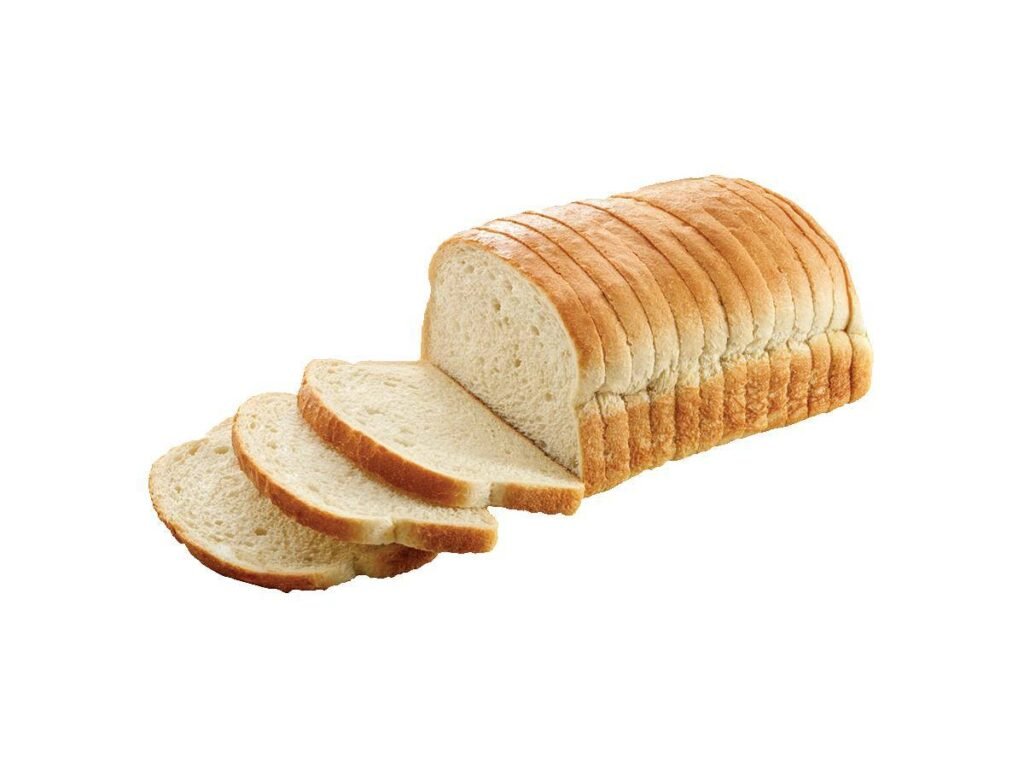Can Dogs Eat Bread? Everything You Need to Know About Feeding Bread to Dogs
If you’re a dog owner, you’ve likely wondered whether certain human foods are safe for your furry friend. Bread is one of those foods we often have on hand, and it’s common to wonder if a little nibble is safe for your dog. In this article, we’ll cover the basics of whether dogs can eat bread, the benefits and risks, and how to feed it safely if you choose to do so.
Can Dogs Eat Bread?
Yes, plain bread is generally safe for dogs to eat in small amounts. Bread is not toxic to dogs, so if your dog manages to sneak a bite, there’s no need to worry. However, bread does not offer any significant health benefits for dogs, so it should only be fed as an occasional treat. Dogs have different nutritional needs than humans, and their main diet should focus on foods that are specifically designed to keep them healthy.

Is Bread Good for Dogs?
While bread is not harmful in small amounts, it also doesn’t offer much nutritional value to dogs. Here’s a look at some pros and cons of giving bread to your dog:
Potential Benefits
- Easily Digestible Carbohydrates: Plain bread is a simple source of carbs, which can be helpful in providing quick energy.
- Soft on the Stomach: Some dog owners give their pets plain bread to help soothe an upset stomach, as it’s gentle and bland.
- Pill Pockets: Bread can be a convenient way to hide medication if your dog resists taking pills.
However, it’s important to remember that bread is not a necessary part of a dog’s diet and should not replace regular dog food.
Risks of Feeding Bread to Dogs
While plain bread is generally safe, there are some risks to consider before giving bread to your dog:
- Weight Gain: Bread is high in calories and carbohydrates but low in essential nutrients. Regularly feeding bread can contribute to weight gain, especially in less active dogs or those prone to obesity.
- Digestive Issues: Some dogs may have trouble digesting bread or experience bloating and gas. Feeding too much bread can also lead to constipation or an upset stomach.
- Allergies: Dogs, like humans, can have food allergies. Some dogs may be allergic to wheat or gluten, common ingredients in bread. If your dog shows signs of itching, ear infections, or digestive upset after eating bread, consult your veterinarian.
- Yeast Toxicity: Raw bread dough containing yeast is dangerous for dogs. Yeast causes the dough to expand, which can lead to a severe condition called bloat if consumed. Additionally, as the dough ferments in the stomach, it can produce alcohol, leading to alcohol poisoning.
Types of Bread to Avoid
While plain bread is generally safe, there are some types of bread that can be harmful to dogs. Here are a few types to avoid:
- Bread with Nuts and Raisins: Raisins and grapes are toxic to dogs and can cause kidney failure, even in small amounts. Nuts, especially macadamia nuts, are also harmful and can cause digestive or neurological issues.
- Garlic or Onion Bread: Garlic and onions are both toxic to dogs and can lead to anemia. Bread containing garlic powder, onion powder, or chives should be avoided at all costs.
- Sugary Breads: Sweetened breads, like cinnamon rolls or breads with chocolate chips, are not safe for dogs. Chocolate is toxic to dogs, and sugar can lead to weight gain and other health issues.
- High-Fat Breads: Breads that contain butter or oils can be high in fat, which is unhealthy for dogs. Fatty foods can lead to pancreatitis, a serious condition that affects the pancreas and digestion.
How to Safely Feed Bread to Your Dog
If you decide to share a small piece of bread with your dog, here are a few tips to make sure it’s a safe experience:
- Stick to Plain Bread: Choose plain white or whole wheat bread without any added ingredients like raisins, nuts, or spices. Avoid breads with seeds, as some seeds may be hard for dogs to digest.
- Limit Portion Size: Bread should be fed as an occasional treat, not a regular snack. A small piece, about the size of a nickel for small dogs or a quarter for larger dogs, is enough for a treat.
- Watch for Reactions: If it’s your dog’s first time eating bread, keep an eye out for any signs of digestive upset, like gas, bloating, or diarrhea. If your dog experiences any issues, avoid giving them bread in the future.
- Use as a Pill Pocket: A small piece of bread can work well as a pill pocket if you’re struggling to get your dog to take medication. Just wrap the pill in a small piece of bread, and your dog may eat it more willingly.
Signs of Bread Sensitivity or Intolerance in Dogs
If your dog has eaten bread and shows any of these signs, it might be an indication of sensitivity or intolerance:
- Gas or Bloating: Some dogs may develop gas or bloat if they have trouble digesting bread.
- Diarrhea: Loose stools or diarrhea after eating bread could be a sign that your dog’s digestive system doesn’t handle it well.
- Itching or Scratching: If your dog starts itching or scratching after eating bread, they may have a wheat or gluten allergy.
- Lethargy: Some dogs may become sluggish or low-energy after eating bread, especially if it’s rich in carbohydrates or sugar.
If any of these symptoms are severe or persistent, it’s a good idea to consult your veterinarian.
When Should Dogs Avoid Bread?
There are specific cases where it’s best to avoid giving bread to dogs entirely:
- Overweight or Obese Dogs: Dogs who need to lose weight should avoid bread, as it’s high in calories and can contribute to weight gain.
- Diabetic Dogs: Bread is high in carbohydrates, which can cause spikes in blood sugar. For diabetic dogs, it’s better to avoid foods that could disrupt their blood sugar levels.
- Dogs with Digestive Issues: Dogs with sensitive stomachs or digestive issues may have trouble digesting bread, leading to discomfort or upset stomach.
If your dog falls into any of these categories, consider other safe treats like carrots, apple slices (without seeds), or commercially-made dog treats.
Final Thoughts: Should You Feed Your Dog Bread?
Yes, dogs can eat bread in small amounts, and plain bread is generally safe. However, bread doesn’t offer significant nutritional value for dogs and should be considered an occasional treat rather than a staple. Always ensure that any bread you offer is plain, free from harmful ingredients like raisins or garlic, and given in moderation.
Remember, every dog is different, and some may have sensitivities or preferences. Always monitor your dog’s reaction when introducing any new food. When in doubt, consult with your veterinarian to make sure any new treat is safe for your furry friend.
Bread may be a simple treat, but a balanced diet with high-quality dog food is the best way to support your dog’s health and happiness.learn about can a dog eat a cheese?
